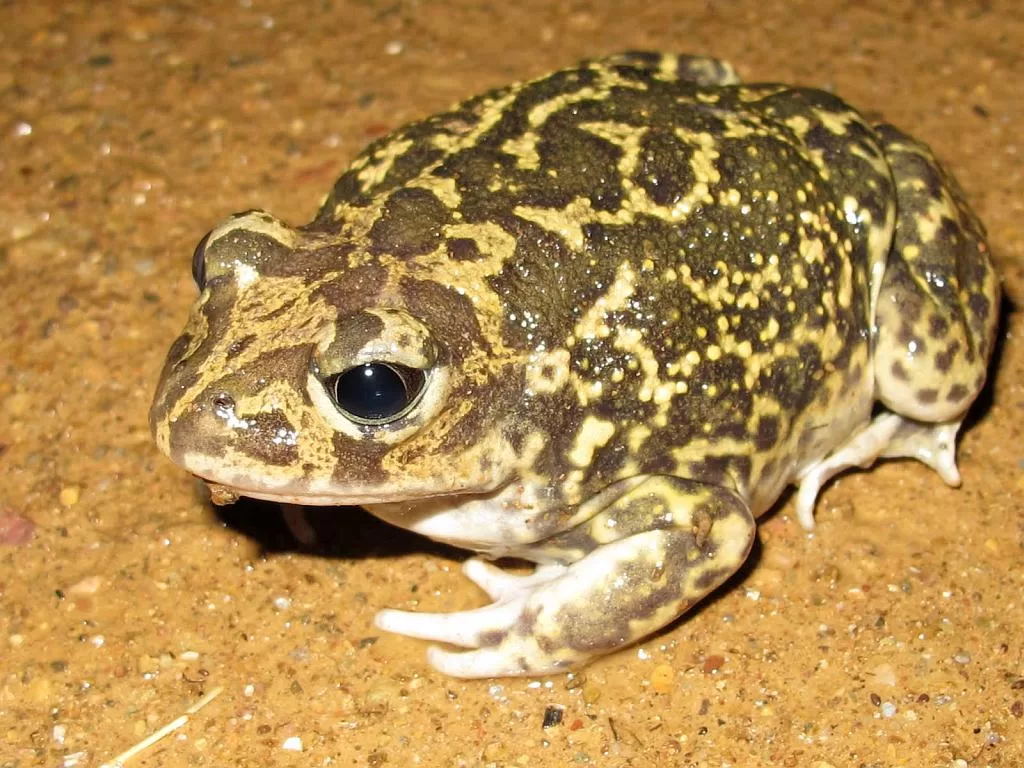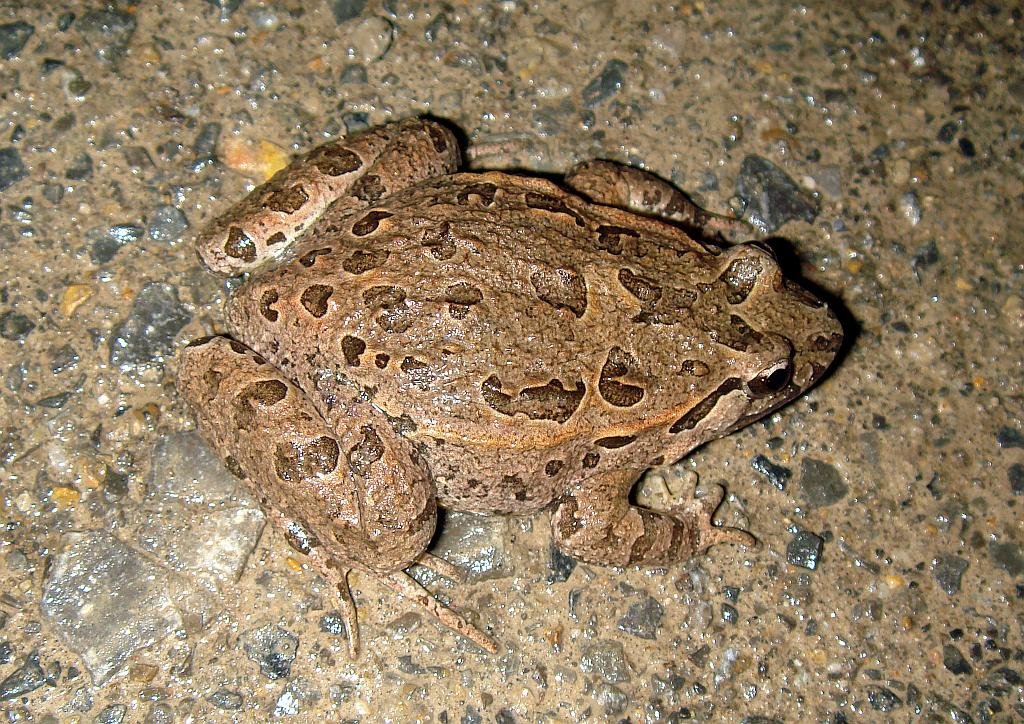Midwife toads (Alytes obstetricans) are actually frogs, not toads. They belong to the family Alytidae (formerly Discoglossidae), which is a group of frogs that are found in Europe and northern Africa. They are called “midwife toads” because of their unique breeding behavior, in which the male carries the fertilized eggs on his hind legs, but they are not classified as toads. Toads and frogs are both amphibians, but they are different groups of animals. Toads are generally stockier and have rough, warty skin, while frogs are typically more slender and have smooth skin.
I’ve been living in this lovely area of Western Andalucia for the last 20 years or so and dedicate most of my time to the running of English language tourist information websites for the towns of Cádiz, Ronda, Grazalema, the famous or infamous Caminito del Rey, and also Wildside Holidays, which promotes sustainable and eco-friendly businesses running wildlife and walking holidays in Spain. My articles contain affiliate links that will help you reserve a hotel, bus, train or activity in the area. You don’t pay more, but by using them you do support this website. Thankyou!


